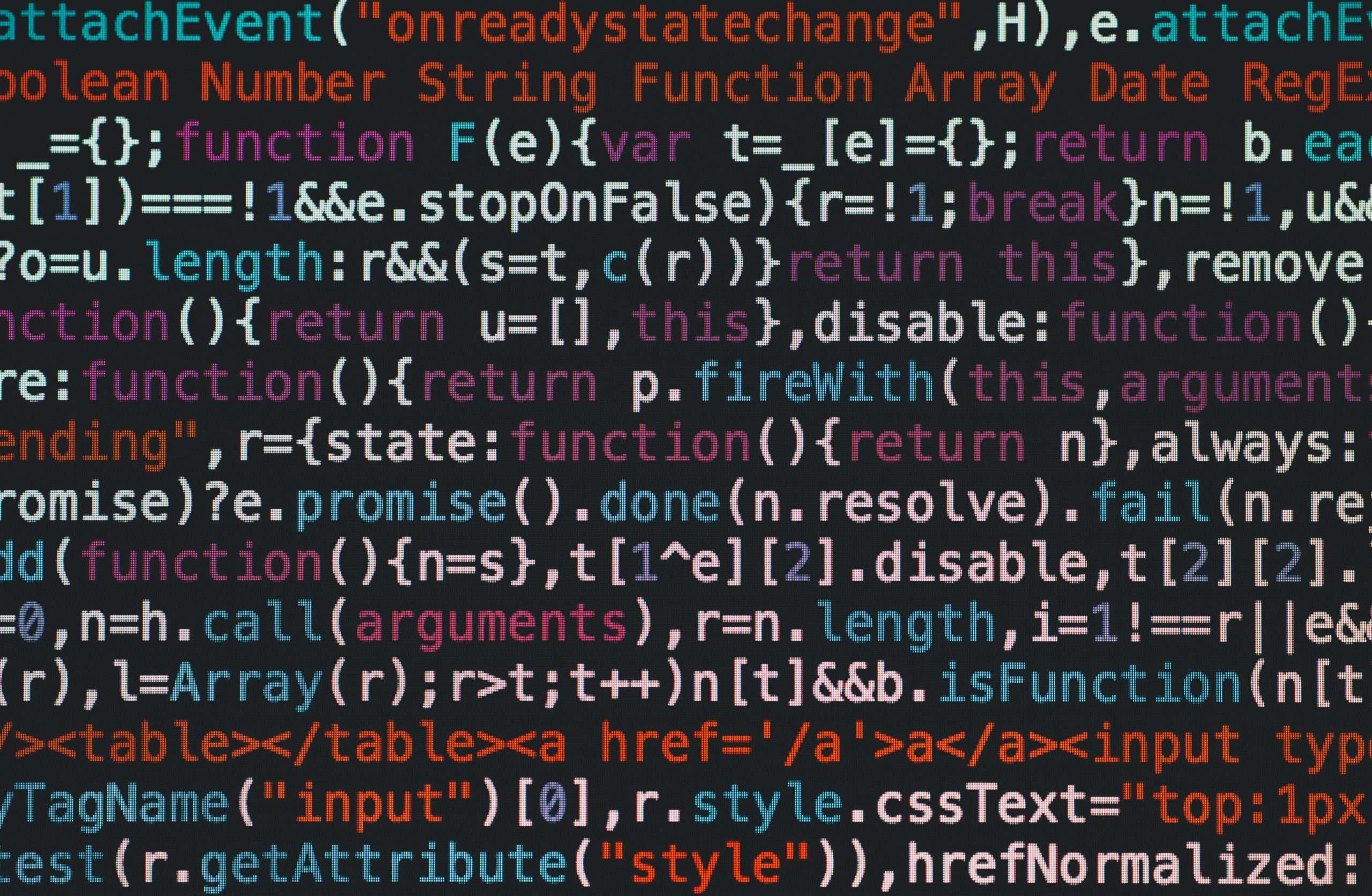Introduction
A development environment is the collection of processes and tools that are used to develop the source code for a program or software product. This involves the entire environment that supports the process end to end, including development, staging and production servers. The development environment automates or facilitates the routines involved in creating, testing, debugging, patching, updating, and maintaining software, including long-term maintenance.
Within the overarching development environment, you can find an integrated development environment (IDE), which is a development tool that developers use to write, build, test and debug software programs. The IDE provides a clear and consistent interface that supports the processes of writing and testing code, and packaging it for release. Having a single tool to author, modify, compile, deploy and debug the software reduces the setup time needed when Development Environment In this article, we explain the situation in details.
Developments Environment Vs Production Environment in The 21st Century. In today’s world, where technology is rapidly advancing, businesses are relying on software to make their operations more efficient. This has led to the development of two distinct environments where software is created and deployed, namely the developments environment and the production environment. While both environments serve different purposes, it is essential to understand their differences and similarities to determine how businesses can optimize their software development and deployment process.

Development Environment
The development environment is where software developers write, test, and debug their code. It is usually a sandboxed environment that closely mirrors the production environment, but with more flexibility and no consequences for failures. This environment allows developers to experiment with new ideas, integrate new features, and fix bugs before deploying the code to the production environment. The developments environment is an agile and iterative process where developers can quickly make changes without affecting the production environment.
On the other hand, the production environment is where the software is deployed and used by end-users. It is a stable environment that is optimized for performance, security, and scalability. The production environment requires strict controls to ensure that only the approved code is deployed, and changes are thoroughly tested before deployment. In the production environment, downtime can be costly, and bugs can have severe consequences, such as loss of revenue or data breaches.
Challenges
One of the challenges that businesses face is how to maintain consistency between the development and production environments. It is essential to ensure that the production environment is an exact replica of the developments environment to avoid any surprises during deployment. This can be achieved by implementing a continuous integration and continuous deployment (CI/CD) pipeline. The CI/CD pipeline automates the process of building, testing, and deploying code to the production environment. This ensures that the code is tested in the same environment as the production environment, and any issues are detected early in the development cycle.
Moreover, the developments environment and production environment require different skill sets to maintain. Developers typically manage the development environment, while operations teams manage the production environment. However, this separation can lead to communication gaps and delays in deploying software updates. This has led to the rise of DevOps, a collaborative approach that emphasizes communication and collaboration between developers and operations teams. DevOps aims to streamline the software development and deployment process and reduce the time it takes to deploy new features and updates to the production environment.

Conclusion
In conclusion, the development environment and production environment serve different purposes in the software development and deployment process. The developments environment is an agile and iterative process where developers can experiment with new ideas and fix bugs. The production environment is a stable environment that is optimized for performance, security, and scalability. To ensure consistency between the two environments, businesses should implement a CI/CD pipeline and adopt a DevOps approach. By doing so, businesses can optimize their software development and deployment process, reduce downtime, and improve the end-user experience.
References:
Kanekar, S. (2017). Importance of Development and Production Environment. International Journal of Computer Applications, 155(9), 12-16.
Wang, Y., Zhang, M., & Hu, Q. (2018). DevOps: A Software Development and Deployment Approach for the 21st Century. IEEE Access, 6, 36638-36650. doi: 10.1109/access.2018.2841932

